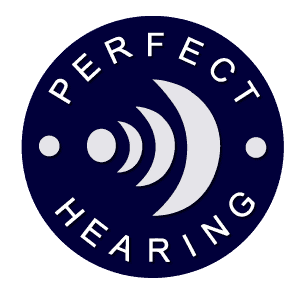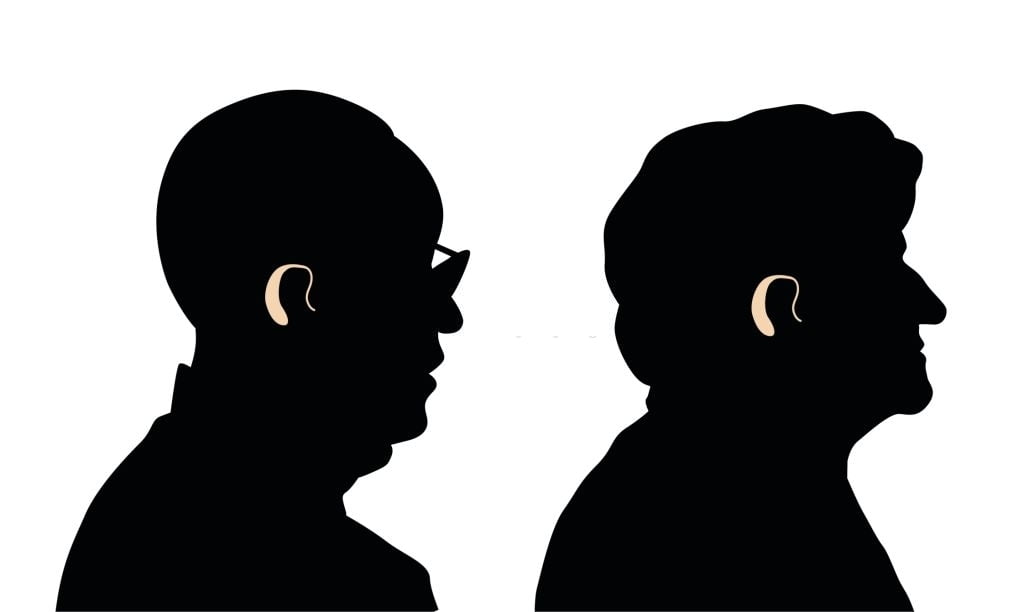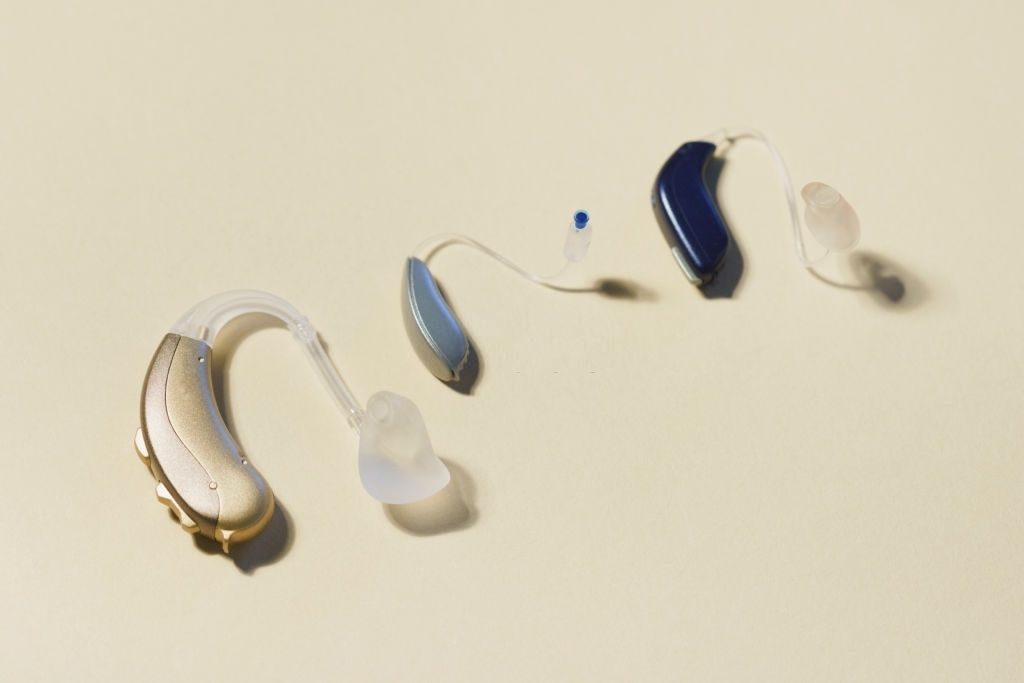One of the most challenging physical disorders is hearing loss, the inability to hear a sound and difficulty in communicating, which affects the mental and emotional well-being, relationships, and quality of life in general.
Thankfully, hearing loss can be recovered with the use of hearing aids and their smart features, helping the patient to hear sounds and interact easily again.
When you first got your hearing aid, it’s crucial to learn to identify the signs that it’s not working properly, so you don’t miss out on vital sounds and conversations.
Here’s how to know.
1. Low Volume
While listening and keeping up with loud and noisy situations can be a struggle, reduced volume or sound quality that persists in less busy environments may indicate hearing aid problems.
Clean your earwax and test the settings
Decreased volume and sound quality may be attributed to volume, memory settings and earwax blockage, similar to when there is no sound from your hearing aids.
Check the volume
Try to turn it up to see if the device has been turned to a different program than usual. Ensure that the earmold and tubing are intact and clear any built-up earwax debris that covers and muffles the sound physically.
2. Distorted or Muffled Sounds
The hearing sound alone is not sufficient; sound quality is essential to efficient listening, communication, and involvement in different social settings and leisure. A muffled or distorted sound may reveal damaged hearing aid.
Check if batteries are corroded
Some batteries last longer than others, depending on the hearing aid and how often you use them, so much so that they can corrode over time. Replace them immediately if this is the case, and check if the sound has improved.
To maintain optimum conditions, take your hearing aids as often as possible to your hearing aid provider in Malaysia to clean the battery contacts.
Check Your Volume and Program Settings
Due to low volume or a change in settings, a muffled or distorted sound quality can occur.
For instance, in environments where your device setting is intended for conversations, a wireless environment designed for use with assistive listening can result in sound distortion.
Toggle between programs to ensure that your device is in the right settings.
3. Whistling and Feedback
- Remove them and try reinserting them if your hearing aids are whistling. It could be that you inserted them wrongly.
- Reduce the volume. If your device is correctly inserted and it stops whistling when you turn down the volume, it could be that there’s too much sound leaking out of the vent or around the earmold. You will need to have your hearing aid specialist in Malaysia change the fit.
- See an ENT specialist if you think your ear canals could be blocked with earwax and get your ears adequately cleaned. This blockage could also cause feedback.
- If you have recently lost weight, it might have affected the fit of your hearing aids. Your hearing care provider will test the new fit to decide if they can address the problem in the office or whether your hearing aids or earmolds need to be remade.
4. Hearing Aid Won’t Switch On
Follow these steps if you have already replaced the battery, and your hearing aid is still not working:
- Open the battery compartment and make sure the battery is placed on the right side. The side that should face up should be the flat side with the ‘+’ sign. To switch on the device, close the battery compartment completely. To ensure that batteries are not expired, check your battery packaging.
- Check for wax or dirt on the tip of your hearing aid. If the opening where the sound comes from is blocked, your device may not switch on. With your cleaning tool, brush away visible dirt, and check your manual to learn how to change the wax filters.
In a Nutshell
The aforementioned are the common problems that can be associated with hearing aids that are not working correctly.
For those who live locally, see a hearing aid specialist in your nearest clinic for help if you’ve tried these troubleshooting tips, and your hearing aids are still not working.
If you are still in doubt, please feel free to get in touch with our hearing specialists.




Both hearing aids show a full charge, but the left side volume doesn’t appear to change even when I turn it all the way up. I can hear just as well without it.